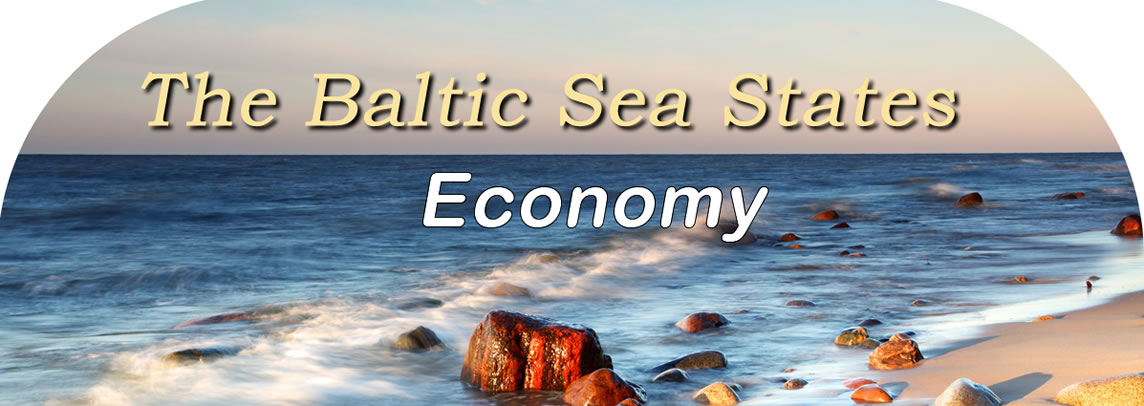
The Estonian Economy Estonia is a Northern European country situated at the center of the continent's northern border. The European Union (EU) member country known for its unspoiled beauty, cultural treasures, and varied attractions has naturally positioned itself to capture some of the Northern and Eastern European tourism market. The other industries that contribute to the economic prosperity of Estonia have evolved over the years largely because of wars and foreign occupation. A comparison examination of Estonia's economy before the Second World War and its post war economic outlook help explain the country's current economic health, policies, and growth strategies. Economic Outlook Of Estonia Before World War II Estonia is surrounded by larger, stronger nations like Russia, Sweden, and Germany that have occupied its borders over the years due to a variety of wars and conflicts. By 1920, the Estonians won their fight for independence and established the Republic of Estonia which was a volatile parliamentary democracy that continued for a couple of decades until the start of the Second World War. During this time, agriculture was the basis of Estonia's economy. The Estonians used their farm land to feed not only their citizens, but they exported agricultural products through trade agreements with Western European nations like Great Britain and Germany. Although their economy was by no means a lucrative one, it was an example of a stable one in the region. Impacts On Estonian Economy After The Second World War German and Soviet forces occupied Estonia, and the small nation suffered extreme human losses during the war which served to weaken its economy. Amidst the chaos of the Second World War, the Soviet Union annexed Estonia, and its economy was directly tied to the plans and policies of the Soviets until the late 1980s. The early 1990s was a time of re-crafting both political and economic policies needed to move the country forward as an independent entity. As a result, Estonia essentially went back to its old trading partners in the West and joined as many Western backed political and economic trade organizations that they qualified to join. Their efforts were rewarded as world trade markets opened to them. They currently have a market economy governed by a parliamentary republic that has one of the highest per capita income levels in the region. The industries in which they operate include food, electronics, tourism, banking and financial services, mining, and construction. Positive Elements Of Current Estonian Economy It appears that during their turbulent years under the regimes of other nations the Estonians were taking notes on how to improve their own country's economic prospects if given the opportunity. As a result, they led the world in the introduction of the flat tax for their citizens. While other countries have debt levels spiraling out of control that force tax increases, Estonia consistently was able to lower its flat tax rate over the years. Estonia is one of the few countries recognized to have a budget surplus, and it also has one of the lowest national debt levels in the world. Conclusions Surrounded by global economic disaster, most view Estonia as a relative economic success story. However, one of the areas for improvement lies within its mining sector. Nearly all of its electricity needs came from mining its oil shale resources. While economically a viable source of domestic energy, it is not the cleanest energy source available to the energy dependent nation of Estonia. According to recent reports, the country's membership status within the EU has prompted them to adopt initiatives toward harvesting clean, renewable energy. © Baltic21.org 2013, All Rights Reserved |
